What Is Good Customer Service? How to Deliver in 2025

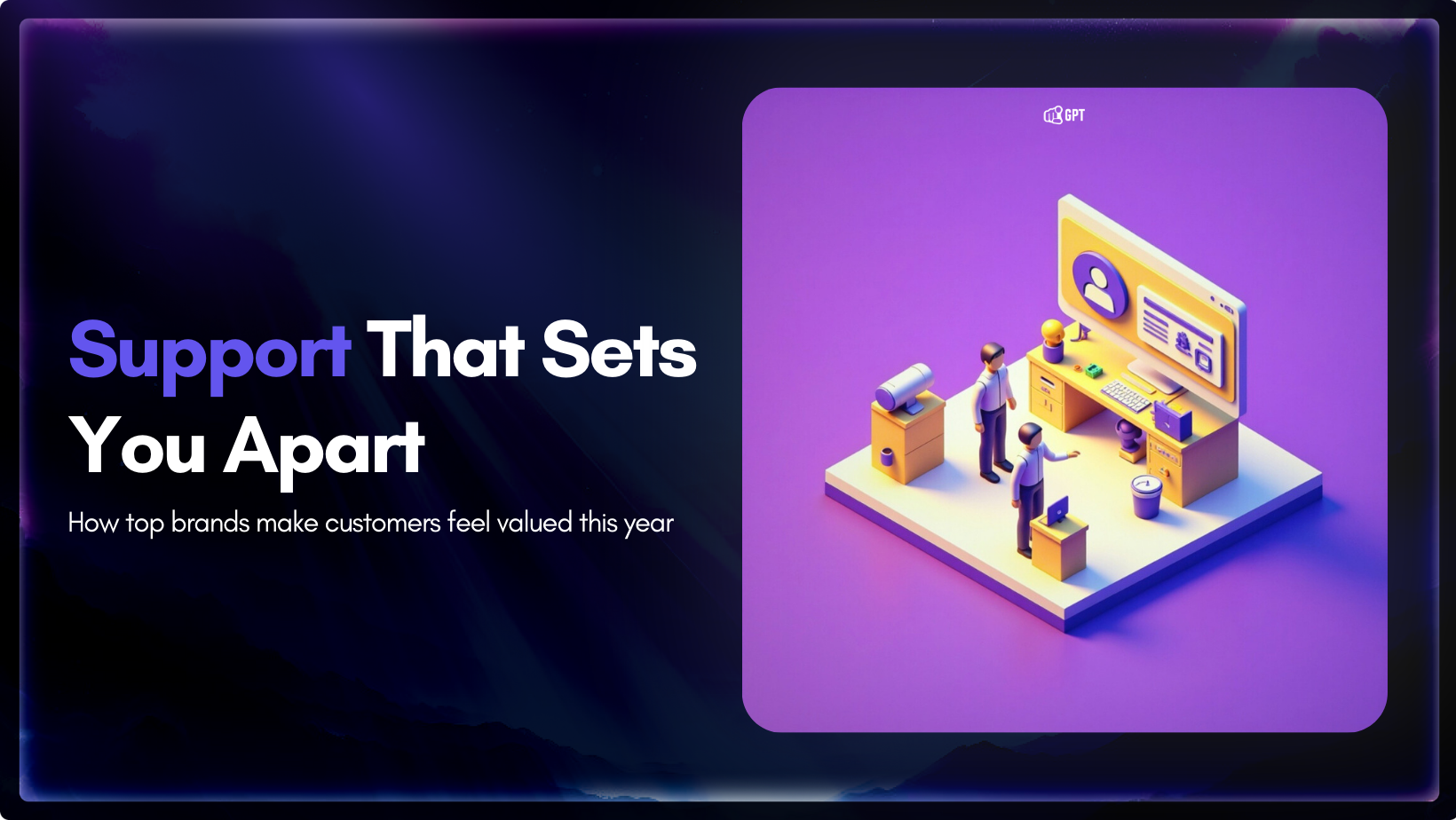
Customer service shows customers how much a brand values them. It is not just about answering quesitions or fixing problems but about creating experiences that feel simple and personal. Companies that understand this are turning every interaction into a driver of loyalty and growth.
Research shows the impact of service on loyalty. Microsoft’s Global State of Customer Service report found that 80 percent of customers switched brands after bad experience. Psychology calls this the service recovery paradox: when issues are resolved quickly and transparently, loyalty often grows stronger. With AI and real-time feedback, companies can make this positive outcome happen more often.
History reminds us how powerful these shifts can be. Apple transformed the way customers experienced its retail stores by creating the Genius Bar. Instead of waiting on long phone lines, people could meet trained specialists face to face and walk away with real solutions. That move turned service into part of Apple’s identity and a reason customers kept coming back.
Today, expectations are even higher. An AI assistant should answer late-night delivery questions in the customer’s language of choice. A payments app should flag a failed transaction before the customer even notices. These are the moments that now define service.
This blog will show what excellent customer service looks like today, which metrics matter most, and how leading companies across industries are making service their strongest advantage.
Customer service is the support a business provides before, during, and after a purchase. But when people talk about good customer service, they usually mean something more than just answering questions or closing tickets. It is about making customers feel valued at every step.
Sometimes it’s as simple as a warm reply when a customer is stressed, or a quick follow-up that shows you actually care what happens next.
It also looks like this:
Great service is when people feel a genuine, human presence behind the business. These moments aren’t about big gestures or technology—they’re the slient reasons people come back, or talk about you long after their purchase.
For example:
Good customer service transforms routine interactions into experiences that strengthen loyalty and trust.
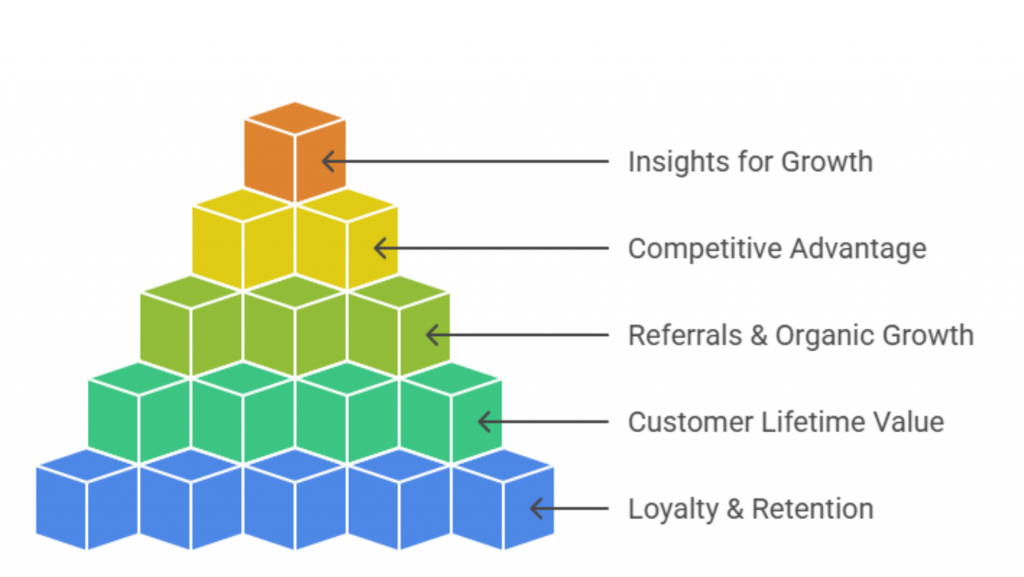
Customer service today has a direct impact on growth. It influences whether people stay with your brand, how much they spend, and whether they recommend you to others.
1. Loyalty and Retention
It costs far less to keep a customer than to win a new one. Consistently good service makes people more likely to stay and return.
2. Higher Customer Lifetime Value
Trust built through positive experiences encourages repeat purchases and long-term engagement, which increases overall spending.
3. Referrals and Organic Growth
Satisfied customers often share their experiences with friends, family, and online communities, giving your brand organic visibility and credibility.
4. Competitive Advantage
When products and prices are similar, the quality of service is often what sets a brand apart. Quick, empathetic, and proactive support becomes the deciding factor.
5. Insights for Growth
Support conversations highlight common issues and unmet needs. Acting on these insights helps businesses improve products and reduce churn.
Good customer service builds loyalty, increases value, attracts new customers, and provides the insights needed to grow.
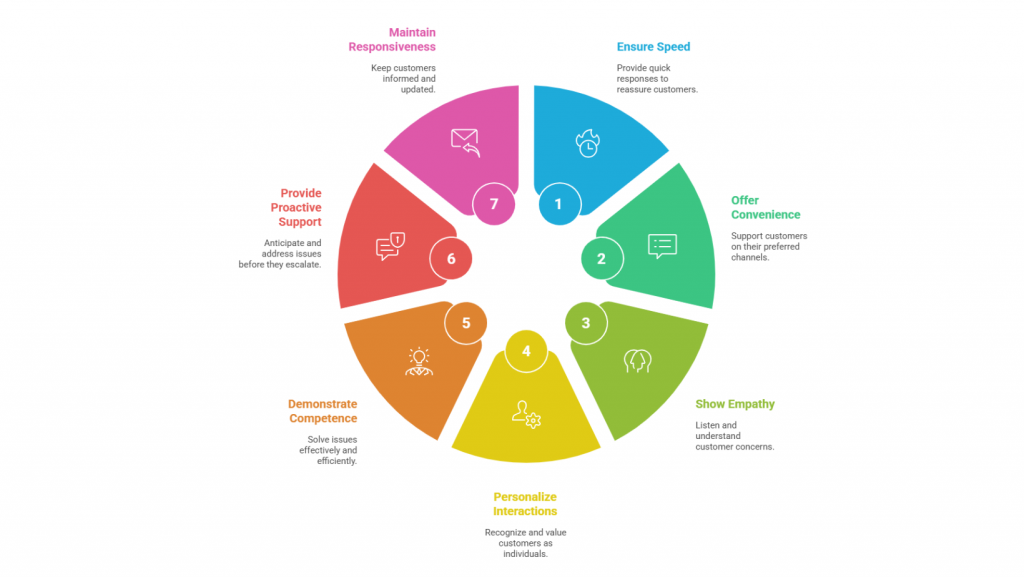
Exceptional service in 2025 stands on seven foundation pillars:
When these pillars are practiced consistently, they turn businesses from mere vendors into trusted partners.
While technology accelerates response times, it’s the human side that leaves lasting impressions. The smartest support agents practice:
These skills, when practiced consistently, turn customer support into an experience that feels reliable and human.
Excellent service in 2025 requires more than quick replies. It is built on systems that combine efficiency with empathy. Here are five ways businesses can deliver it consistently.
When these steps come together, service feels smooth and customers stick around.
Stories bring customer service to life better than definitions. These six examples show how thoughtful actions can turn ordinary situations into lasting loyalty.
1. Starbucks: Turning Errors Into Connection
Baristas at Starbucks are known for writing customers’ names on cups. One barista, after repeatedly misspelling a regular’s name, decided to write “Bruce Wayne” and later “Batman,” making the customer smile. Instead of turning a mistake into frustration, the barista created a playful moment that the customer remembered fondly.
2. Virgin Atlantic: Listening to Criticism
A Virgin Atlantic passenger once sent a lengthy, humorous complaint about his unsatisfying meal. Rather than sending a standard reply, the airline’s founder, Richard Branson, personally invited the customer to help improve the menu. This move turned a negative experience into a collaborative opportunity, making the customer feel truly heard.
3. Zappos: Empowering Agents
Zappos has made headlines for its approach to support. In one instance, an agent spent ten hours on the phone helping a customer, working through every question until they were satisfied. This level of patience and trust shows what happens when frontline staff are empowered to take whatever time is needed.
4. Ritz Carlton: Adding a Personal Touch
After a child forgot his stuffed animal at a Ritz Carlton hotel, staff didn’t just send it home—they took photos of the toy enjoying different hotel amenities, like lounging by the pool. These extra touches delighted the family and turned a simple return into a cherished story.
5. Amazon: Proactive Problem-Solving
Amazon uses technology to spot delivery problems as soon as they happen, often before the customer notices. If a package is delayed, the company automatically informs the customer, offers alternatives, or issues a refund right away. This proactive approach saves people time and worry, building long-term trust.
Each of these moments reflects simple actions that made customers feel remembered and valued—proof that great service is often about small, practical gestures done with care.
Customer service feels personal, but improving it requires measurable data. These core metrics show whether support is strengthening relationships or creating silent churn.
Customer Satisfaction (CSAT)
CSAT is a short survey after each interaction reveals how happy customers are with the help they received.
Net Promoter Score (NPS)
NPS indicates how likely customers are to recommend your brand, reflecting long-term loyalty.
First Contact Resolution (FCR)
High FCR means issues are solved the first time without repeat follow-ups, saving time for everyone.
Average Handle Time (AHT)
Tracks how long it takes to resolve an issue. The aim is efficiency without sacrificing quality.
Response Time and SLA Compliance
Measures how quickly teams acknowledge and act on requests, showing reliability.
Resolution Time
Captures the total time to close a case. Faster resolutions keep customers satisfied and reduce churn risk.
In 2025, service is not only about human effort. Technology plays a central role:
The most successful businesses do not replace people with technology. They use technology to free people to do what only humans can do: listen, empathize, and solve complex problems.
Good customer service in 2025 means responding quickly, treating customers with respect, and offering personalized solutions. It’s about making people feel valued—not just processed.
Customer service drives loyalty. Happy customers buy more, stay longer, and recommend your business. Bad service can lose customers fast and damage your reputation.
Good customer service includes speed, empathy, personalization, convenience, competence, proactive help, and follow-up support that shows you care.
Use a clear system: fast responses, self-service tools, regular training, feedback loops, and performance tracking to ensure every interaction meets your standard.
Agents should be great listeners, communicate clearly, stay patient, adapt to different situations, know the product inside-out, and use encouraging, positive language.
Track metrics like CSAT, NPS, First Contact Resolution, Average Handle Time, and Resolution Time to understand how well your service performs and where to improve.
Examples include Ritz Carlton returning a child’s toy with photos of it “on vacation,” or Amazon proactively notifying customers of delays before they ask.
Technology like AI chatbots, voice assistants, and unified customer history helps businesses respond faster, reduce friction, and deliver more personalized support.
Empathy shows customers they’re heard. A calm, understanding response often means more than a fix—it builds trust and reduces frustration during tough moments.
Small businesses can focus on simple tools like FAQs, chat automation, and personalized attention to give quick, thoughtful responses that customers remember.
In 2025 customer service is one of the clearest signals of how much a business values its customers. People expect quick answers, thoughtful solutions, and support that feels personal. When companies deliver on those expectations, they do more than solve problems. They earn trust that keeps customers coming back.
The best results come when empathy and technology work together. A well-trained team shows patience and understanding, while modern tools such as AI chatbots, knowledge bases, and platforms like YourGPT handle the speed and scale customers now expect. This balance makes service both efficient and human.
For businesses the takeaway is simple. Treat customer service as a growth engine. Companies that invest in both people and technology will see stronger retention, higher lifetime value, and customers who are eager to recommend them.
YourGPT helps businesses deliver fast, personal, and reliable customer service across every channel.
No credit card required • Full access • Cancel anytime
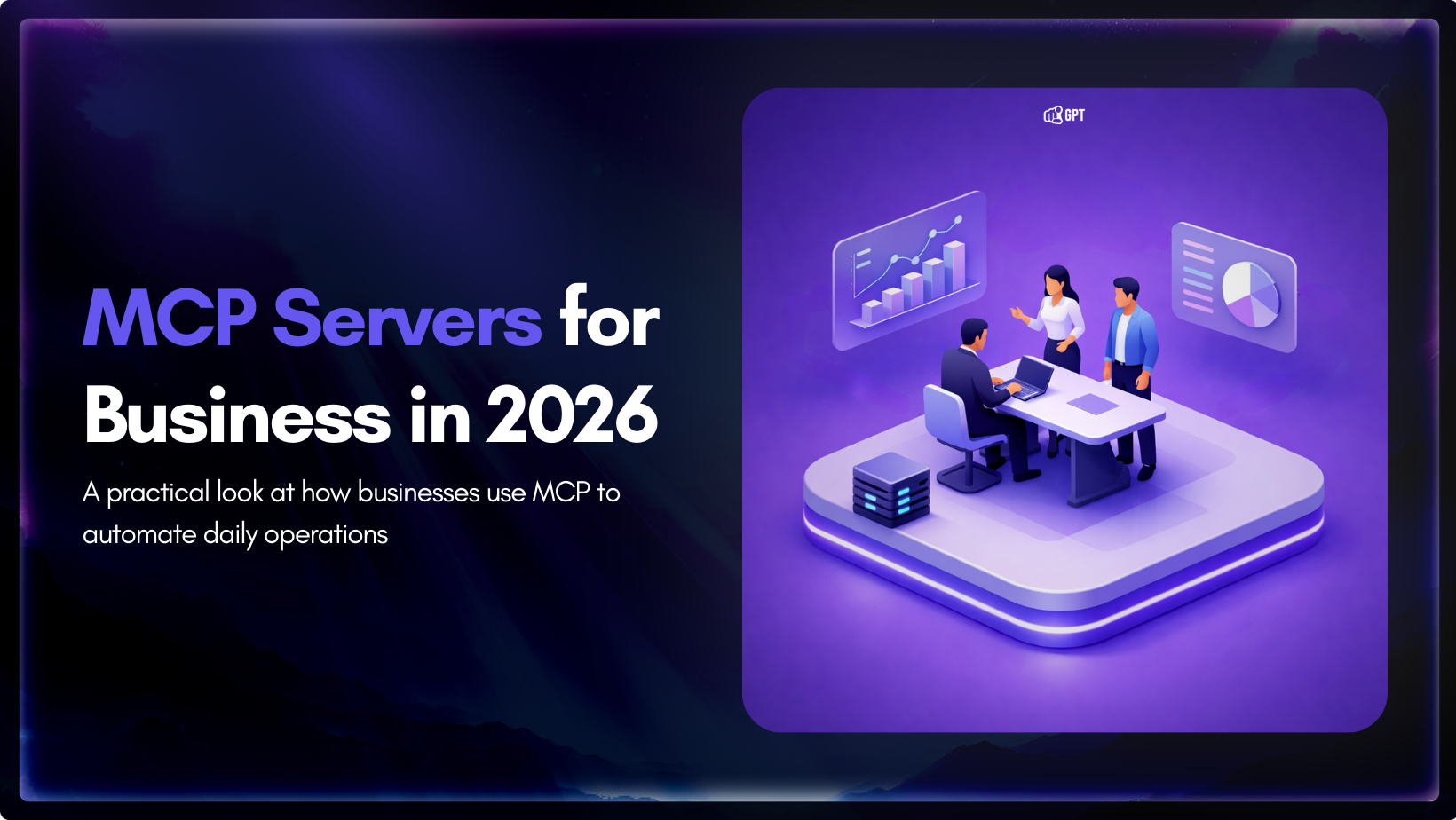
Growth-focused teams move faster when their tools work together instead of competing for attention. Modern development depends on multiple systems to ship code, review changes, monitor services, and access data. Each system serves a purpose, but routine work often means moving between dashboards, scripts, and internal tools. These small transitions shape how consistently a team […]

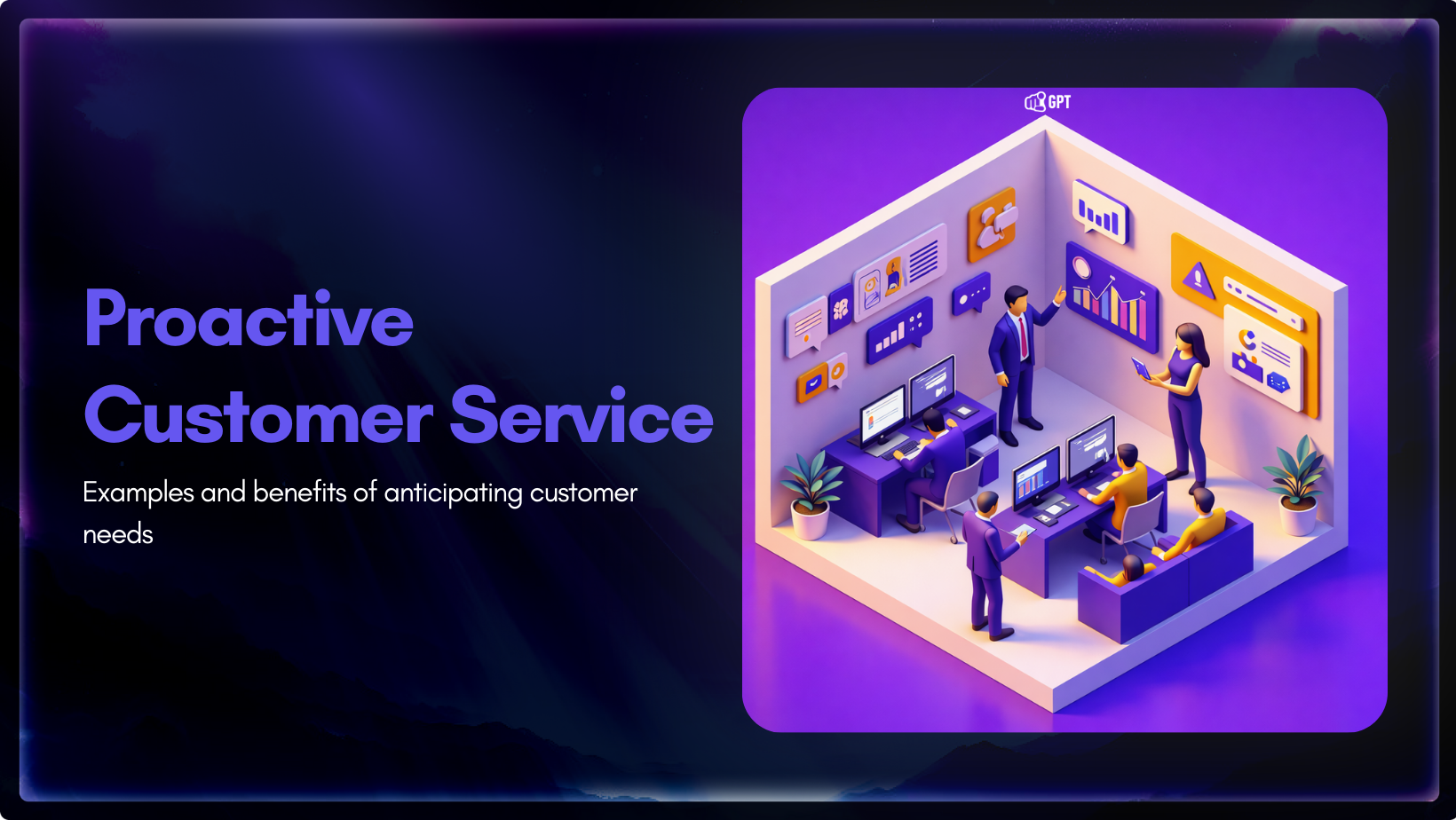
Most customer service moments begin long before a ticket is created. Something feels off. A payment does not go through. A delivery update stops moving. A user gets stuck at the same step and tries again. Customers usually pause, check, retry, and wait before they decide to ask for help. Proactive customer service works inside […]

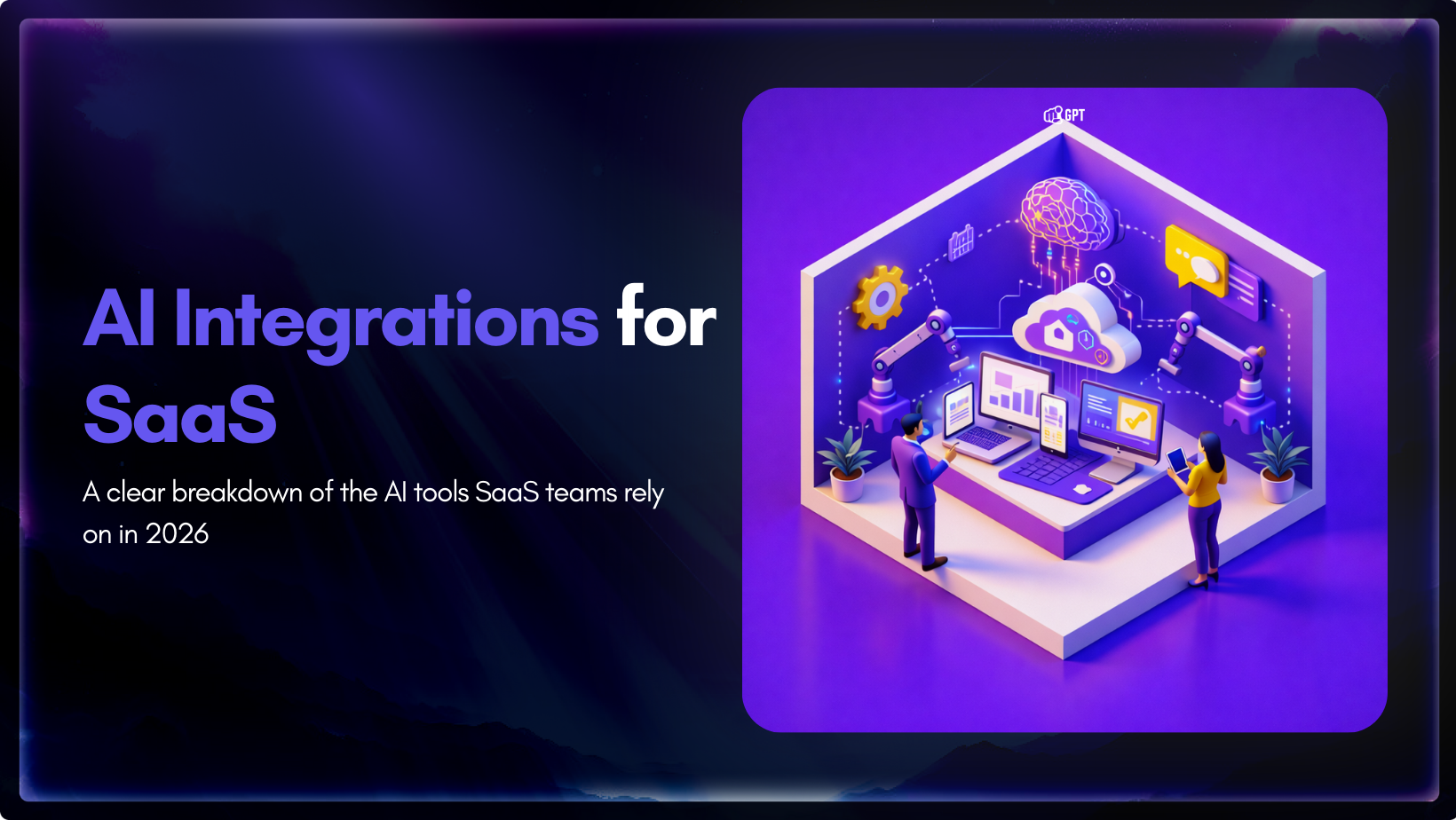
AI has become a core part of how modern SaaS products are built and delivered. In 2026, customers expect intelligent assistance to be available throughout their journey, from onboarding and everyday product usage to support and account management. Inside SaaS teams, AI is increasingly used to speed up workflows, reduce repetitive tasks, and improve how […]

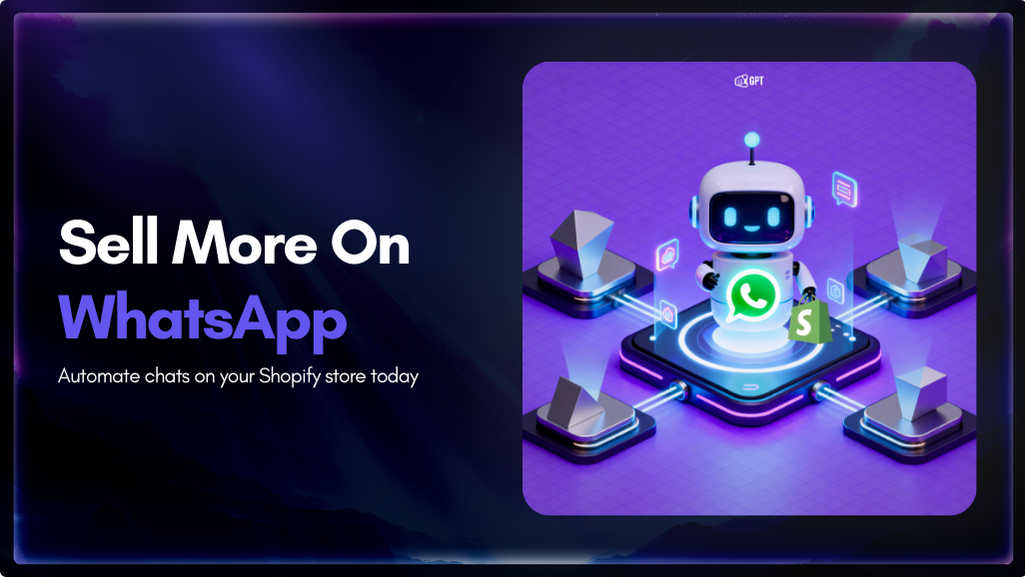
Shopify stores often use a chatbot on their website to handle product questions, order updates, and support. But customers also message on WhatsApp expecting the same quick answers. Most of them already use WhatsApp throughout the day, so reaching out there feels natural. A chatbot that works across both channels responds in seconds, guides purchase […]

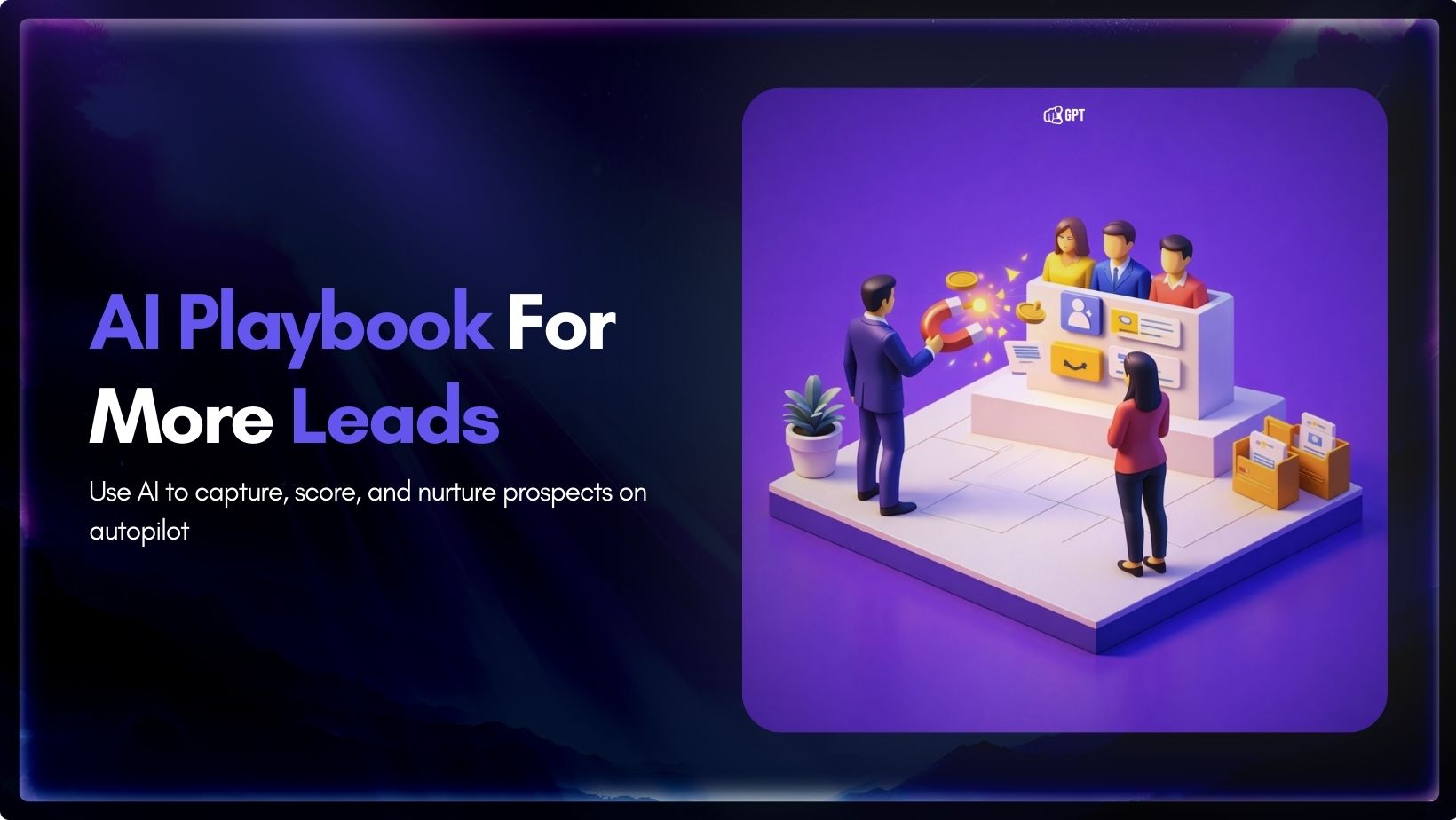
Most businesses do not struggle to generate leads. They struggle to know which ones are worth acting on. Forms get filled, DMs arrive, emails are opened, and chats happen across multiple tools. Some prospects convert. Most do not. The real problem is that there is no reliable way to tell, early enough, which signals actually […]

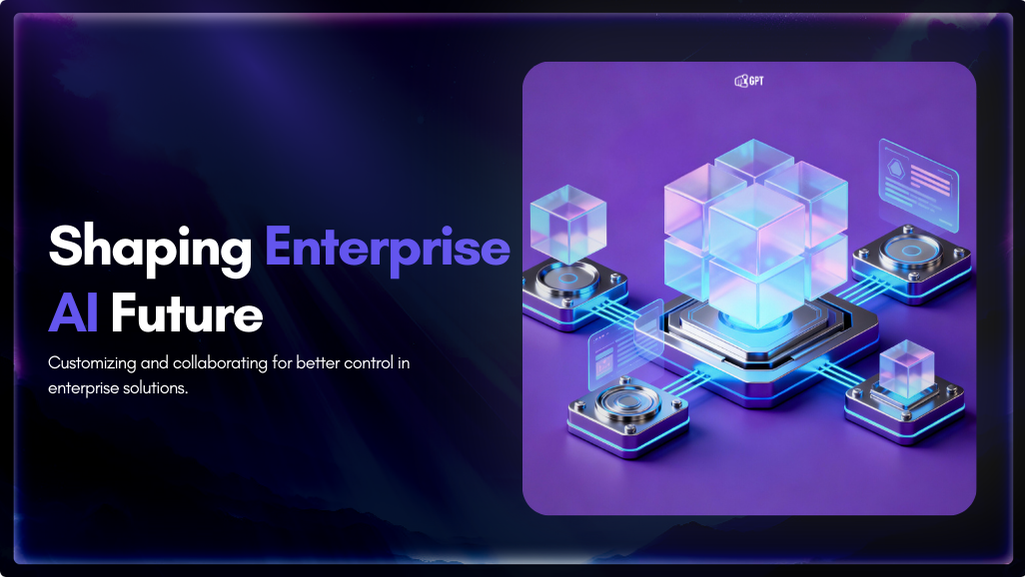
Artificial Intelligence has advanced quickly over the past five years, moving from an experiment to a standard component of modern business. AI has become a central part of enterprise strategy. 88% of organizations are now using AI. This figure has increased from 78% the year before. This transformation is reshaping how companies run, communicate, and […]
